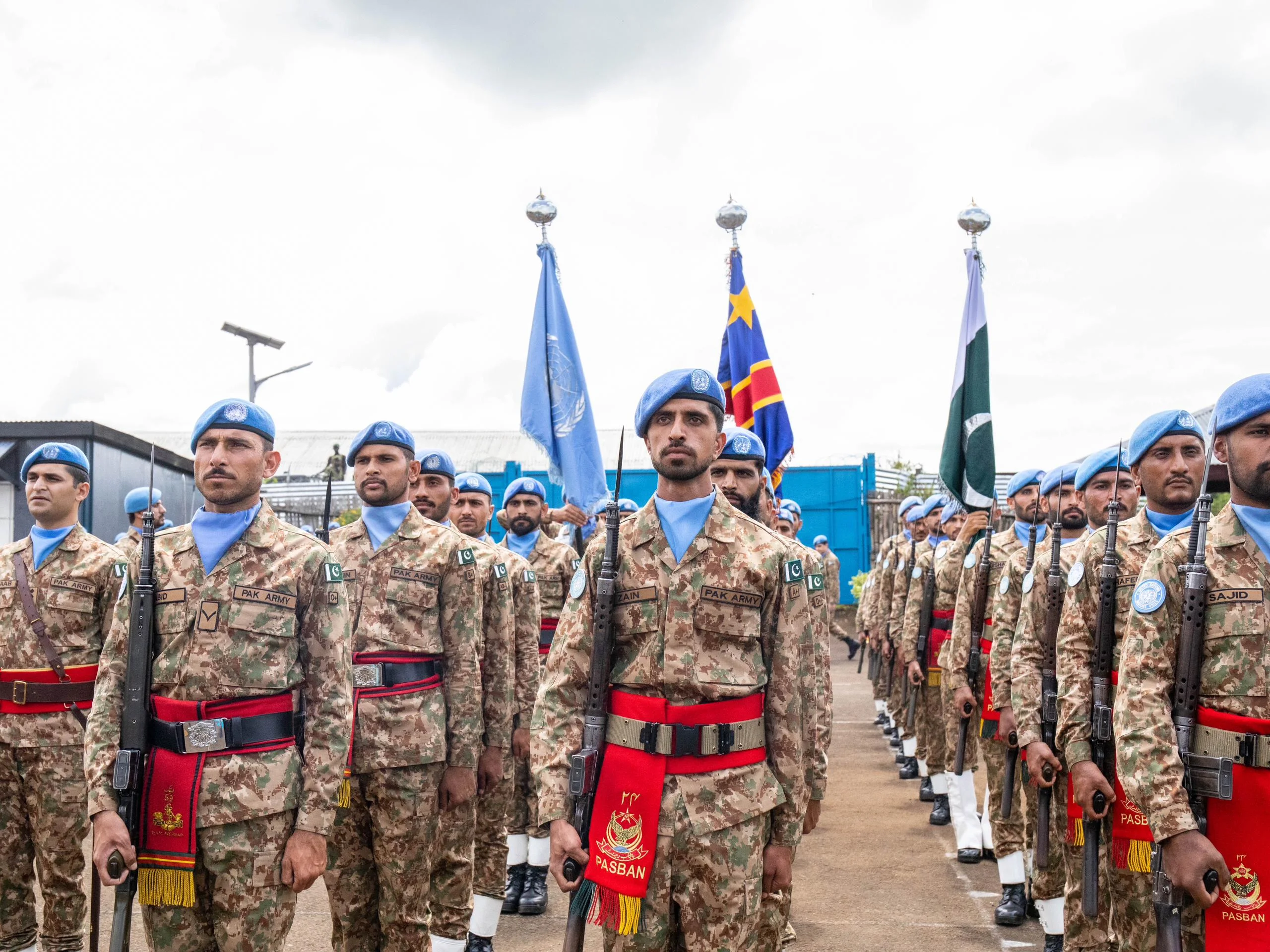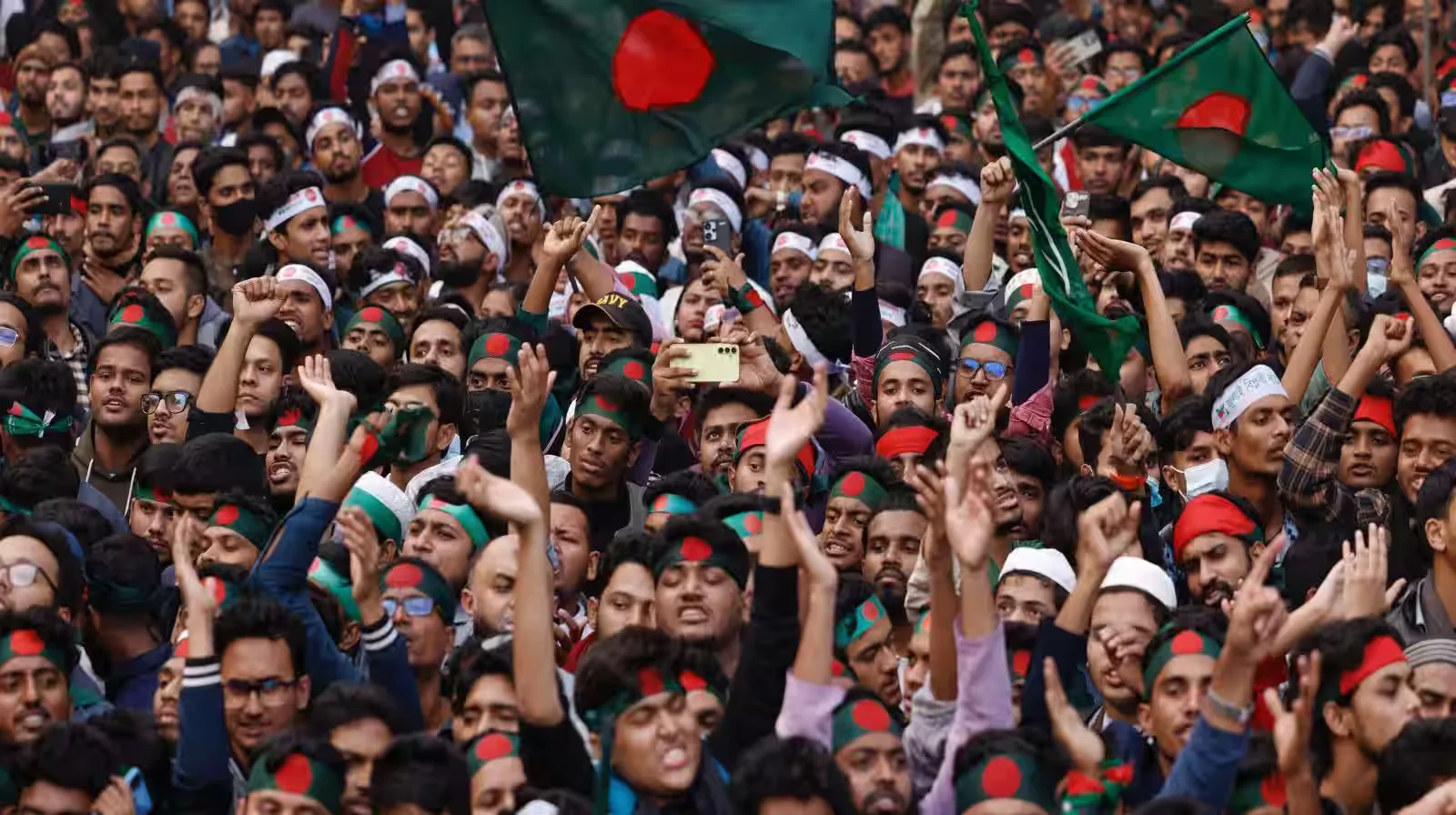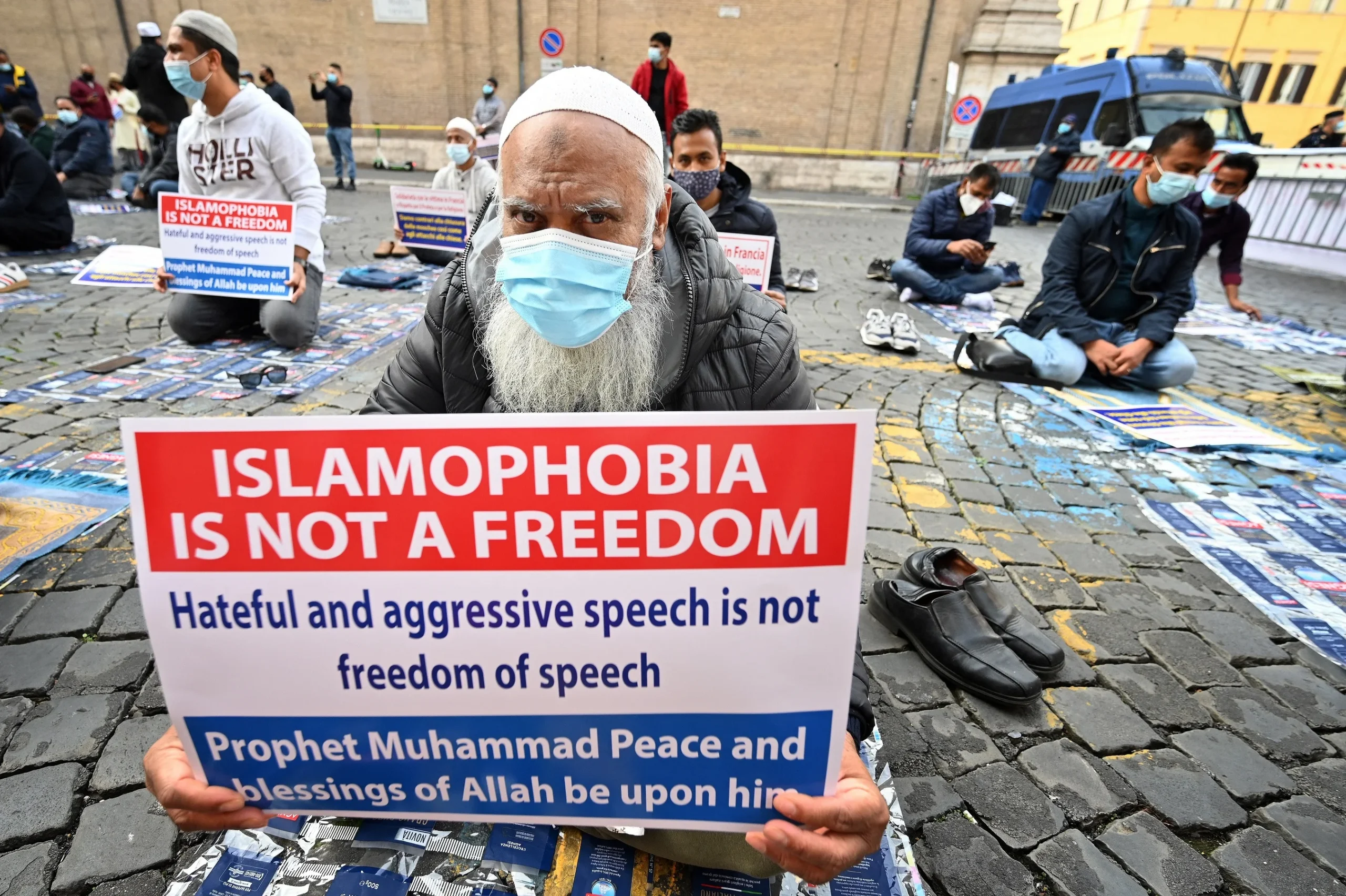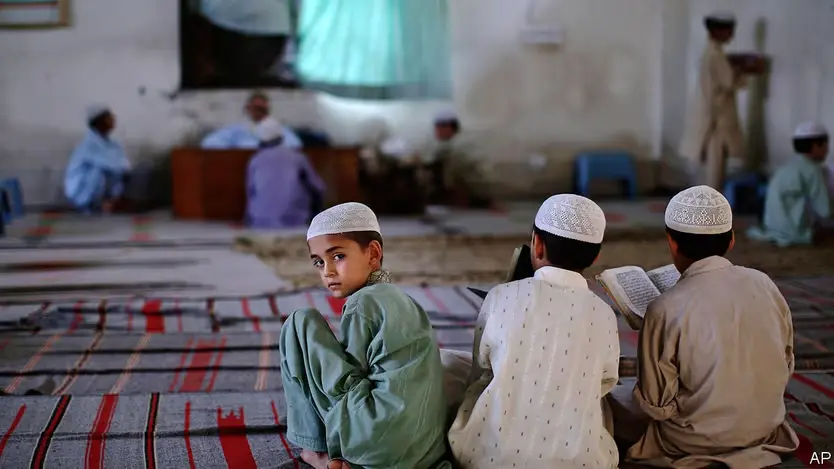Mukesh Chandrakar, a 32-year-old freelance journalist from the Indian state of Chhattisgarh, has tragically been found dead in a septic tank in the town of Bijapur. Known for his investigative reports on corruption in the construction industry, including a recent expose on a road construction scam, Chandrakar’s gruesome murder sheds light on the dangers faced by journalists in India, particularly those exposing corruption.
Chandrakar’s Disappearance and Discovery
Chandrakar had been reported missing by his family on New Year’s Day. His body was discovered on Friday, hidden in a septic tank at a construction contractor’s compound in Bijapur. The police confirmed that his body had been concealed under newly placed concrete slabs. Initial investigations revealed that Chandrakar’s body bore signs of blunt force trauma, indicating that his death was a result of foul play.
Local authorities suspect that his murder is directly linked to his recent investigation into alleged corruption in a road construction project in Bijapur. Following the report, the police had initiated an investigation into the matter.
Arrests Made, One Suspect Still at Large
Three people have been arrested in connection with Chandrakar’s death. One of the key suspects, Suresh Chandrakar, the owner of the construction site where the body was found, remains on the run. Authorities are continuing their efforts to apprehend him.
Press Groups Express Outrage and Demand Action
The discovery of Chandrakar’s body has sparked outrage among Indian press watchdogs and local journalists. A protest was held in Chhattisgarh by members of the Bastar Journalist Association, with its president, Manish Gupta, calling the incident a “dark chapter” for the state. He urged both the police and the government to provide better safety measures for journalists working in such dangerous environments.
The Press Council of India issued a statement expressing grave concern over the suspected murder and called for a thorough investigation into the facts surrounding Chandrakar’s death.
Chhattisgarh’s Chief Minister Responds to the Murder
Vishnu Deo Sai, the Chief Minister of Chhattisgarh from the ruling Bharatiya Janata Party (BJP), described the incident as “heartbreaking.” He promised to ensure that the individuals responsible for Chandrakar’s murder would face the “harshest punishment.”
India: One of the Most Dangerous Places for Journalists
India has become one of the most perilous countries for journalists, with 28 journalists killed over the past decade, according to global media watchdog Reporters Without Borders. The recent murder of Mukesh Chandrakar adds to this grim toll, underscoring the rising dangers that journalists face, particularly those reporting on corruption and human rights abuses.
The Growing Danger for Journalists Exposing Corruption and Human Rights Violations
Chandrakar’s murder is a part of a broader trend where journalists who expose corruption and the nexus between the state and business interests face deadly consequences. Freelance and independent journalists, like Chandrakar, are especially vulnerable, as they lack the support of large media organizations and often become easy targets for those looking to silence critical voices.
India’s media landscape has grown increasingly hostile toward those who challenge the establishment. Journalists reporting on corruption or human rights violations are often subjected to harassment, threats, and violence. In rural areas like Chhattisgarh, where corruption runs deep, journalists investigating powerful local contractors and politicians are often attacked to prevent them from revealing the truth.
A Culture of Impunity and Delayed Investigations
Instead of offering protection to journalists, law enforcement agencies (LEAs) in India often act as instruments of state suppression, targeting those who threaten the dominant narrative. Investigations into the killings of journalists are often delayed or undermined, fostering a culture of impunity that allows perpetrators to act with little fear of repercussions.
Press Freedom Under Threat: India’s Declining Global Ranking
Under the leadership of Prime Minister Narendra Modi, India’s press freedom ranking has plummeted. Reporters Without Borders consistently ranks India as one of the most dangerous countries for journalists. In its 2024 report, Amnesty International highlighted the escalation of attacks on media freedom, documenting over 50 cases of harassment, imprisonment, and violence against journalists.
Digital Platforms Becoming Battlegrounds for Independent Journalists
In recent years, digital platforms like YouTube, once considered a safe space for independent journalism, have become battlegrounds where investigative reporters face not only digital but also physical threats. Journalists challenging the mainstream narrative are increasingly subjected to coordinated attacks, both online and offline.
The Modi Government’s Role in the Suppression of Media Freedom
The Modi government has fostered a polarized media environment, where critical journalists are often branded as “anti-national” or “urban Naxals.” This rhetoric fuels attacks on media personnel and creates a chilling effect that discourages investigative reporting. The recent murder of Mukesh Chandrakar highlights the high stakes for journalists in India, who risk their lives to uncover the truth.
Also See: Covert Indian Assassination Programme in Pakistan: Report
A Call for Justice and Safety for Journalists
The brutal murder of Mukesh Chandrakar underscores the grave dangers that journalists in India face when they report on corruption, human rights violations, and state abuses. Media rights groups and local press associations are demanding swift justice, better protections, and an end to the culture of impunity that allows attacks on journalists to go unpunished.
Chandrakar’s death should serve as a wake-up call for the Indian government to address the growing threats against journalists and to take meaningful steps to protect those who risk everything to report the truth.
This news is sourced from The Guardian and is intended for informational purposes only.

![Mukesh Chandrakar's murder reveals the dangers faced by journalists in India, highlighting corruption, impunity, and press freedom. [Image via @MukeshChandrak9]](https://southasiatimes.org/wp-content/uploads/2025/01/1500.webp)




